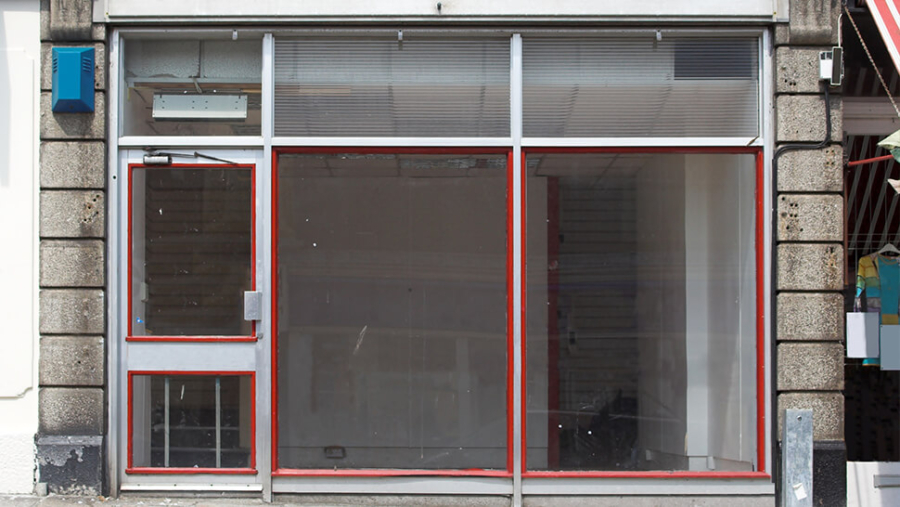

Empty Property Business Rates Relief provides 100% relief from business rates during the first 3 months in which any office, shop or retail premises are empty; or the first 6 months in which any warehouse or industrial premises are empty. Once this period expires, if the property is not re-let, the landlord must pay empty property rates in full.
The availability of the relief turns on whether or not there has been a period of ‘rateable occupation’. If there has been a period of ‘rateable occupation’ this resets the clock. There are four conditions for rateable occupation:
-
There must be actual occupation or possession.
- That use must be exclusive for the particular purpose of the possessor.
- The possession must be of some value or benefit to the possessor.
- The possession must be of sufficient quality of permanence.
If the conditions are satisfied and the rateable occupation is for more than six weeks, this allows the landlord to claim a further period of exemption when the property becomes vacant again.
Unsurprisingly, a number of intermittent occupancy schemes have developed as a way of taking advantage of the relief. In essence the scheme involves an arrangement that a small part of the empty property should be occupied for a short period. Each time a new occupation starts the occupier becomes liable for rates, but, when that occupier moves out, a fresh three or six month period of empty property relief is triggered. The principal issue in ensuring that the intermittent occupancy scheme is effective is to ensure that it complies with the test for rateable occupation.
In the case of Makro Properties Ltd v Nuneaton and Bedworth Borough Council [2012] EWHC 2250 the High Court considered the four limbs of the rateable occupation test. Makro Properties Ltd owned a 13,000 square metre retail warehouse, which they no longer required. In order to stop the empty rates relief period expiring, it was agreed that the former tenant of the property could use a small part of the otherwise empty property (approximately 0.2% of the total floor space) to store pallets and documents. It was intended after this arrangement came to an end, the landlord would be able to claim a further six-month exemption from business rates.
The High Court referred to the four conditions of ‘rateable occupation’ and two conditions were in question in the case, namely if there was actual occupation and if there was beneficial occupation. In assessing whether there was actual occupation the High Court remarked that there was an intention for the occupier to pay business rates and the documents which the occupier stored at the warehouse had to be retained for legal reasons despite only using 0.2% of the floor space. The High Court held that the document storage amounted to ‘rateable occupation’ of the warehouse.
The decision has been welcomed by landlords especially in the current climate as they have a reliable method of extending the empty property rates relief period. However, the four conditions for ‘rateable occupation’ still need to be fulfilled and landlords should ensure that the degree of control they exercise over the occupier’s occupation does not amount to occupation by the landlord.










